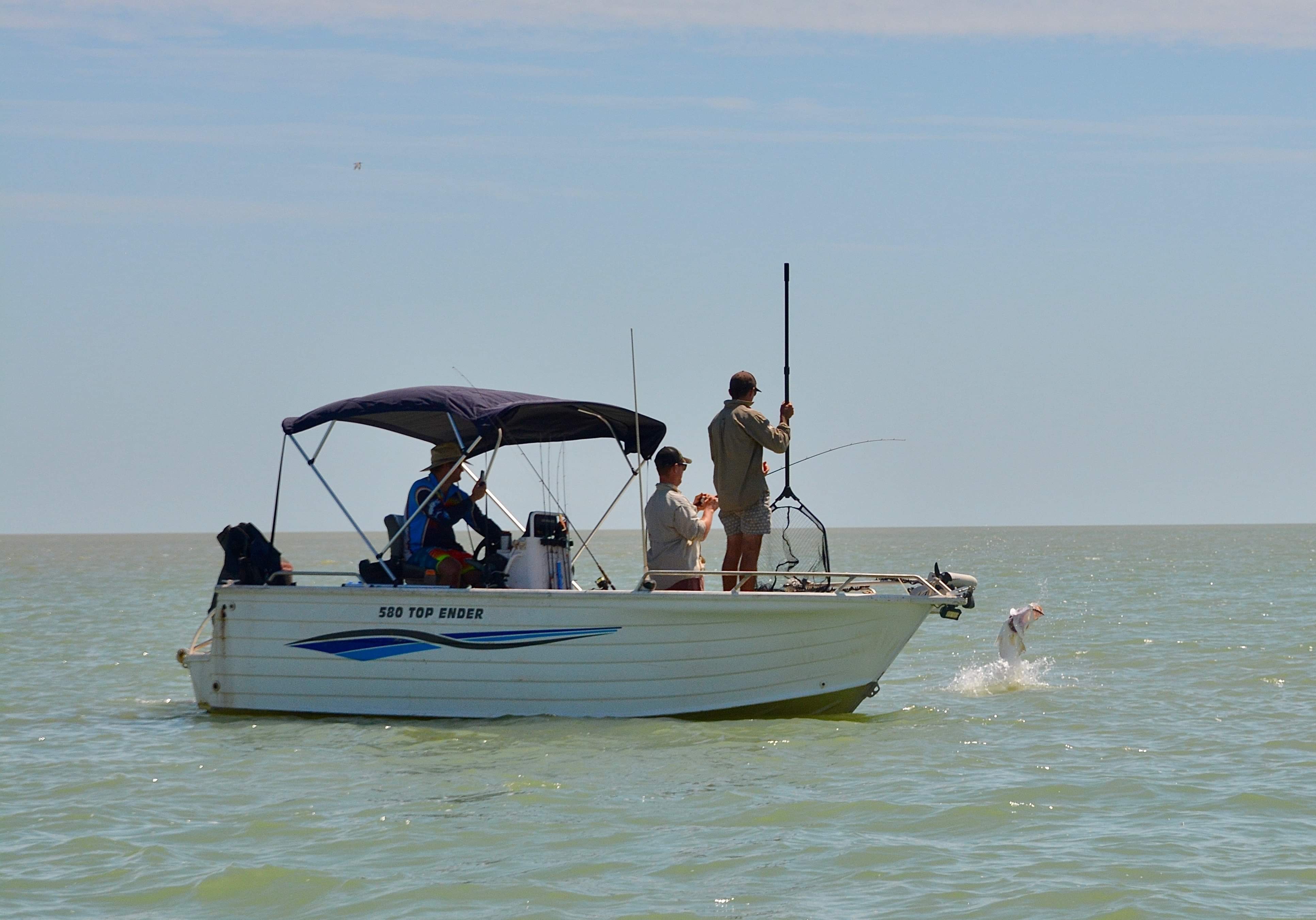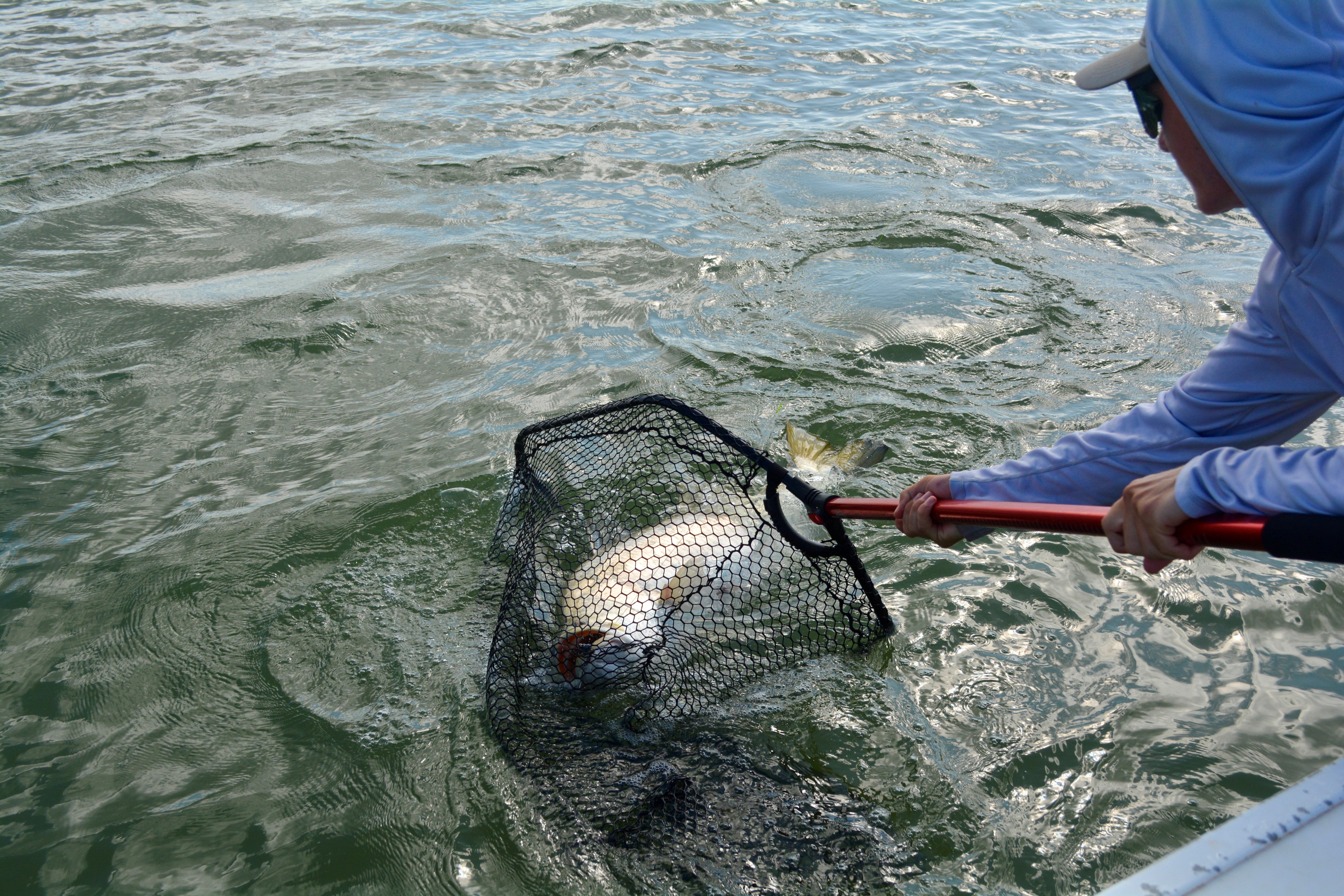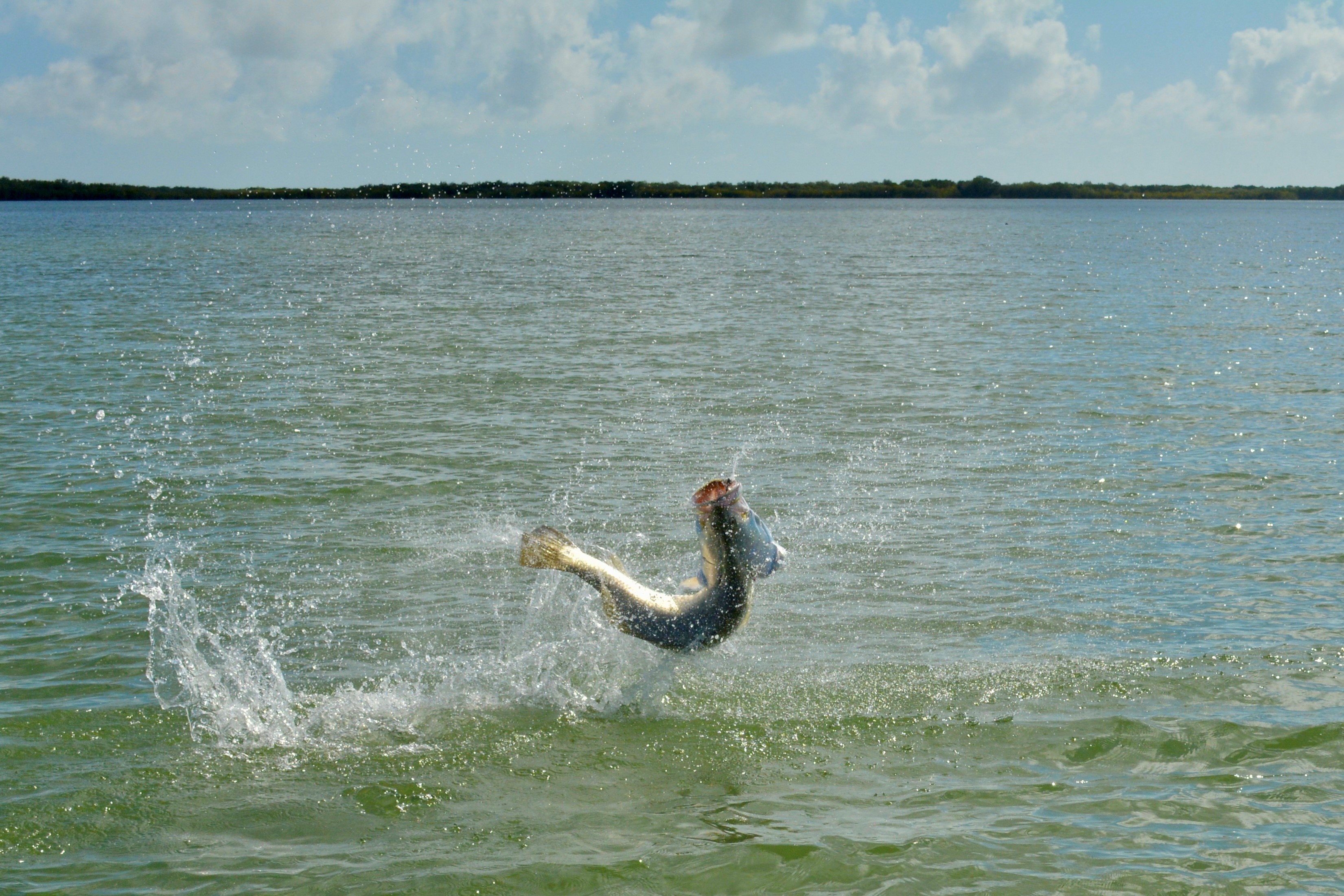Recreational fisher support for fisheries management strategies may be strengthened if the social value of fishing forms a greater part of the narrative.
By Brad Collis
For locals, fishing for Barramundi (Lates calcarifer) is a rich lifestyle that brings family and friends together. For Top End visitors, Barramundi fishing delivers unforgettable experiences and a substantial tourism economy.

Not surprisingly, the species’ enduring popularity poses challenges for fisheries managers. A recent FRDC-funded project has revealed insights into how the fishery’s high social values could support management strategies. There is also potential application of the findings in other fisheries where recreational fishing is the primary activity, and where stocks are healthy.
The collaborative research was led by Hudson Howells consultancy, in partnership with Action Market Research, Powerstats, the Amateur Fishermen's Association of the Northern Territory (AFANT), the NT Guided Fishing Industry Association, and NT Fisheries.
AFANT chief executive officer David Ciaravolo said the objective was to establish an evidence-based approach to integrating metrics of fisher satisfaction into formal fisheries management tools such as harvest strategies or management frameworks.

“There is a recognised responsibility to manage fisheries for the community as a whole but how do we return value to society if we can’t measure the performance of a fishery in any way other than biological; in other words, if we don’t have a measure of fisher satisfaction too,” he says.
Feedback from focus groups and an extensive survey, primarily at boat ramps, was undertaken to ascertain rec fishers’ overall satisfaction with their outings, and their specific satisfaction with the fishing.
“The experiential part of tangling with a powerful fish was the primary motivation for people going barramundi fishing,” says David, noting catch-and-release is widely practised.
He says recreational Barramundi fishing was chosen to test the relationship between the fishing experience and management strategies because it has a high profile as a recreational fishery, stocks are healthy and for some catchments there are specific restrictions such as size limits, bag limits and gear restrictions to support social objectives.
“By and large these restrictions were put in place to ensure the catch is equitably shared, that large fish are kept in the rivers because of their higher trophy value, and to ensure gear used is ‘sporting’, says David.
“However, is it producing good outcomes, or are rules restricting people’s enjoyment?”
Surveys conducted during the 2023 build-up and 2024 run-off fishing seasons delivered a satisfaction score of 7.6 out of 10 for the fishing, with an overall satisfaction score of 7.75.

This generally reflects a high-quality experience with current management strategies.
Surveys further identified a consensus around “having lots of fish around, maintaining an abundant fish population” as a key priority for recreational fishers. David says this shows strong support for programs aimed at keeping fish populations healthy.
The research also highlights the value of including experiential and social values along with biological values in evaluating fisheries management, especially when stocks are above sustainable thresholds.
“Many people feel that traditional approaches to harvest strategies and management frameworks for fisheries have failed to achieve optimal triple bottom line benefits despite a stated intention of managing biological, economic and social objectives,” explains David.
However, the Barramundi project had produced a potential tool, a repeatable and cost-effective methodology for integrating social and satisfaction metrics into fisheries management, which can be used to reinforce the biological objectives.
He said this will be essential if the objective is to achieve social and economic benefits as well as biologically healthy fisheries.
Related FRDC Project
2022-170: Integrating recreational fisher experience/satisfaction into decision making





